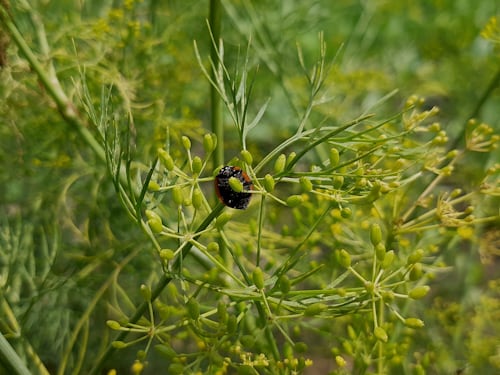What You Should Know About Termites
There are many reasons termites made “the homeowner’s nightmare award of all time”. Termites are real concerns to homeowners no matter the environment you are, except if you are living in Alaska. Termites are voracious wood-destroying pests that eat cellulose matter, which is the main structural component of buildings. We have covered the basics of what you should know about termites- just read through to understand how to handle termite infestation.
What is the feeding habit of termites?
Termites are consummate snackers, and they eat round the clock with the help of their hard, serrated jaws, which work like shears; they can bite off extremely small fragments of wood one piece at a time. Your property is significantly at risk if they are feasting on it because they munch non-stop.
Termites are not just common pesky pests, but they are a huge potential issue that all homeowners should take seriously. Unfortunately, one out of twenty-five homes in the United States faces some type of termite challenges every year. They can cause structural damage in a matter of months in extreme cases.
However, termites are not vectors of disease, and they are not an immediate threat to our health. As a matter of fact, termites are considered one of the most beneficial bugs because they can convert wood (cellulose) into organic matter that is returned to the soil. Let’s just say, if it were not for these voracious pests, trees would not break down.
Nonetheless, they are still annoying and can cause severe damage to our homes and business sites, because termites cannot differentiate between a fallen tree in the forest and our homes.
How to identify termites
Basically, termites have three parts; the head, thorax, and abdomen. Also, there are several different species of termites.
Furthermore, termite activities are easy to notice especially when you know what to look out for; the following will help you detect their activities in your property
Shelter tubes
Shelter tubes or mud pipes are tunnels built by termites for protection against predators and dry air. You may already have termites in and around your property if you spot a line of dirt making its way up the block wall in a crawlspace, or bubbled paint, pencil-sized mud tubes running across concrete or connecting soil to wood.
Swarmers
Swarmers are termites with wings; they erupt by the hundreds in search of a mate and a suitable place to start a new colony especially in spring. However, ants do have swarmers too; you need to take a closer look if they are termites or ants. Either way, you still need to eliminate them from your home.
Damaged wood
One of the telltale signs of termite activities are visibly damaged wood; when you see several damaged wood appearing with peeling or blisters, and almost weightless it mans termites are in your environment. Other signs are wood shavings, crumbling drywall, tiny holes in woods, and sagging doors. To avoid losing your home or other structure to these voracious insects, it is necessary to call a professional termite Control Service Company to exterminate termites from your home.






